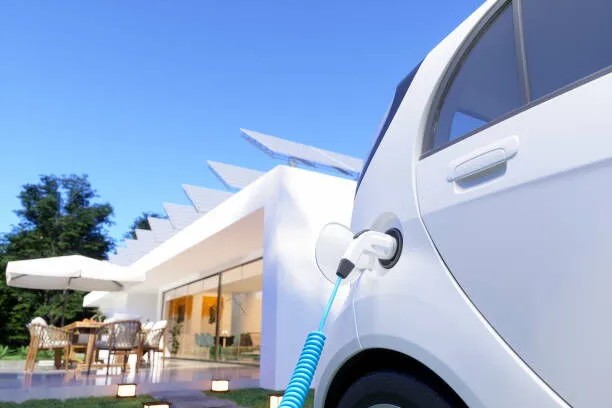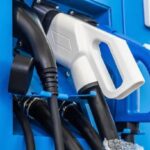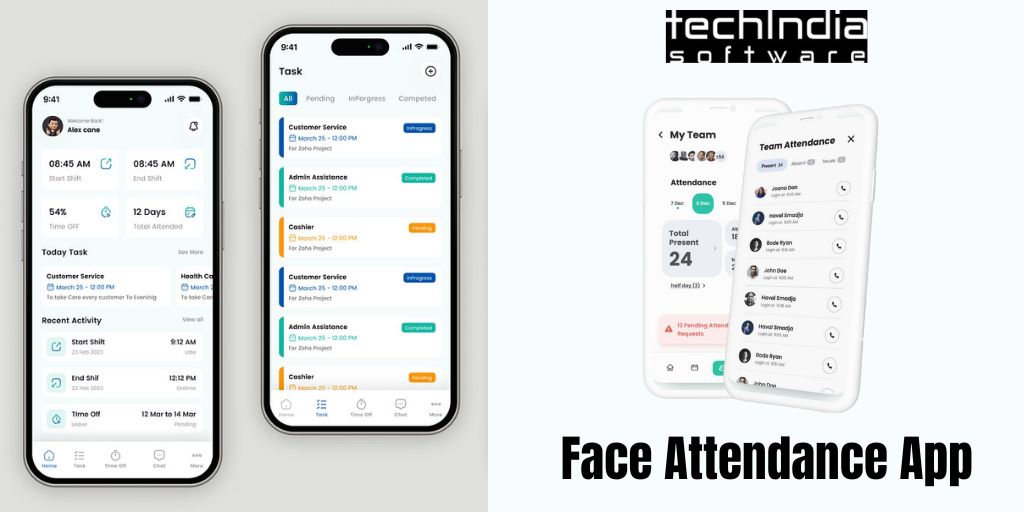Introduction
As electric vehicle (EV) ownership continues to rise, having a reliable and efficient home EV charger has become essential. Whether you’re a first-time EV owner or upgrading your setup, understanding the various charger types and features available will ensure a smooth charging experience.
EV chargers fall into three primary levels: Level 1, Level 2, and Level 3. Level 1 chargers are the most basic, using a standard household outlet. Level 2 chargers are faster and better suited for home use. Level 3 chargers, or DC fast chargers, offer the fastest charging times but are typically reserved for public and commercial locations.
In this guide, we’ll help you understand each charger type and the key factors to consider when choosing the best one for your home.
Understanding EV Charger Levels
Each charger level offers distinct benefits depending on your needs:
-
Level 1 Chargers:
These chargers use a standard 120V household outlet, providing 3-5 miles of range per hour. Ideal for plug-in hybrids or EVs with short daily commutes, but too slow for full EVs that require faster charging. -
Level 2 Chargers:
Operating on 240V, these chargers offer 12-60 miles of range per hour and can fully charge most EVs overnight. They are the most popular choice for home installations due to their speed and efficiency. -
Level 3 Chargers (DC Fast Chargers):
These chargers are the fastest, offering an 80% charge in 20-30 minutes. However, they require a commercial-grade power supply and are not suitable for home use.
For home use, your main options will be Level 1 or Level 2, with Level 2 being the more efficient choice for most owners.
Single-Phase vs. Three-Phase Chargers
Your home’s electrical system will help determine whether you should install a single-phase or three-phase charger.
-
Single-Phase Chargers:
These are standard in most homes, offering a voltage range of 120-240V. They’re suitable for home use and offer ample power for overnight or daytime charging. -
Three-Phase Chargers:
Operating on 240-480V, three-phase chargers provide faster charging speeds and are commonly used in commercial settings. They require a three-phase power supply, which most homes don’t have.
If you don’t have three-phase power at home, a single-phase charger is your best option, and it’s typically more affordable.
Type 1 vs. Type 2 Chargers
The connector type is crucial for ensuring compatibility with your EV.
-
Type 1 Chargers:
These five-pin connectors are used primarily by American and Asian EV manufacturers like Nissan, Mitsubishi, and older Ford models. Type 1 chargers are great for home charging, especially if you only own one vehicle. -
Type 2 Chargers:
With a seven-pin connector, Type 2 is the standard for European-made EVs like BMW, Audi, and Volkswagen. They are often used with Level 2 systems and provide faster charging, making them a good choice if you plan to future-proof your setup or charge multiple vehicles.
Tip: If you’re planning to upgrade or charge multiple vehicles in the future, Type 2 chargers are the more versatile choice.
Tethered vs. Untethered Chargers
Another decision is whether to opt for a tethered or untethered charger.
-
Tethered Chargers:
These units have a fixed cable, similar to a gas pump hose. They offer convenience, as you don’t need to connect and disconnect cables each time. However, they are less flexible if you own different types of EVs. -
Untethered Chargers:
These chargers feature a socket where you can plug your own cable. They offer more flexibility and a cleaner look when not in use, especially if you plan to change your EV or cables in the future.
Which to Choose?
If convenience is a priority, go with a tethered charger. If flexibility and future-proofing are more important, an untethered charger is the way to go.
EV Connector Types: Matching Your Car to the Charger
Compatibility is key when choosing a charger. Most non-Tesla EVs in North America use the J1772 connector for Level 1 and Level 2 charging.
-
J1772 Connector:
The most common connector for non-Tesla vehicles in North America. It works with both Level 1 and Level 2 charging. -
NACS (North American Charging Standard):
Tesla’s connector, now adopted by manufacturers like Ford, GM, and Rivian. If you own a Tesla or a new EV using NACS, ensure your charger supports it, or purchase an adapter. -
CCS (Combined Charging System):
Primarily used for DC fast charging. If you plan to use public charging networks, it’s worth considering.
Pro Tip: Always verify your vehicle’s connector type before buying a charger. Look for a compatible charger or one with available adapters.
Installing a Home EV Charger: Plug-In vs. Hardwired
EV chargers can be either plug-in or hardwired into your home.
-
Plug-In Chargers:
These connect to existing outlets (typically NEMA 14-50 or NEMA 6-50) and are easier and cheaper to install. They’re portable and can be moved if you relocate or upgrade in the future. -
Hardwired Chargers:
These units are permanently connected to your home’s electrical system and offer a cleaner look, especially for outdoor installations. They may be necessary for high-power chargers, but installation is more expensive and requires a licensed electrician.
Key Factors to Consider Before Purchasing
Here are some factors to keep in mind when selecting your home EV charger:
-
Charging Speed:
Look for chargers that offer at least 32 amps for faster charging. Some models go up to 50 amps for quicker top-ups. -
Smart Features:
Wi-Fi-enabled chargers allow you to monitor and control charging sessions remotely via an app. Features like scheduled charging, energy tracking, and remote start/stop can add convenience. -
Cable Length:
Ensure the cable is long enough to comfortably reach your vehicle. Standard lengths range from 16-25 feet. -
Durability and Weather Resistance:
If your charger will be outdoors, ensure it’s rated for outdoor use (IP66 or higher). -
Future-Proofing:
Choose a charger that can accommodate higher power outputs or different EV models if you plan to upgrade your vehicle in the future. -
Incentives and Rebates:
Many regions offer rebates or incentives for EV charger installation. Be sure to check for any available savings.
Conclusion
Selecting the right home EV charger is an important decision that will impact the convenience and efficiency of owning an electric vehicle. By considering factors like charger level, phase, connector compatibility, and installation options, you can choose a solution that fits your current and future needs.
Take your time to research, compare options, and consult a licensed electrician if needed. With the right home charger, you’ll always be ready for your next drive, fully charged and on the road.Know more about Google SEO Directory




